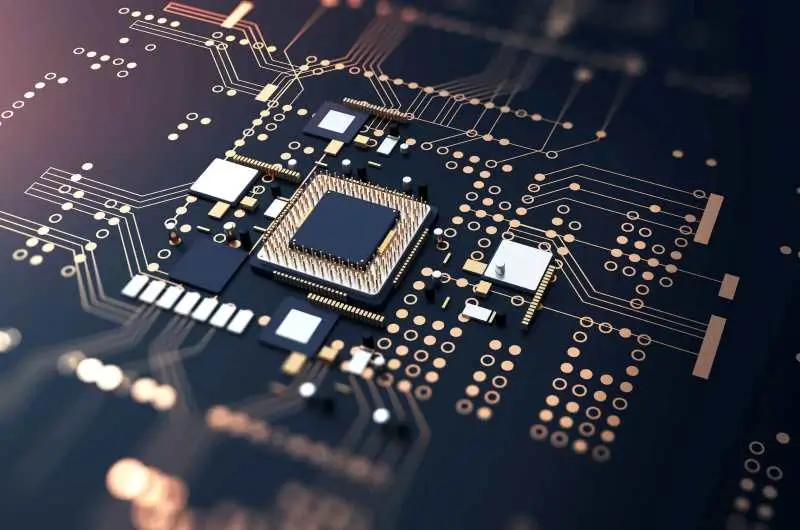


In today’s digital-first economy, software innovation drives how businesses operate and grow. From cloud-based applications to mobile solutions, software has become the engine of transformation. Yet behind every successful digital product lies a silent partner: hardware. No matter how advanced a custom software solution may be, it relies on electronic components to function in the […]
In today’s digital-first economy, software innovation drives how businesses operate and grow. From cloud-based applications to mobile solutions, software has become the engine of transformation. Yet behind every successful digital product lies a silent partner: hardware.
No matter how advanced a custom software solution may be, it relies on electronic components to function in the real world. At the core of these electronics are printed circuit boards (PCBs) — the foundation that connects and powers devices. Without reliable PCB design, even the smartest software risks underperforming.
This is where PCB design services come in. By ensuring precise engineering, reliable performance, and compatibility with software, they act as the bridge between code and circuit — allowing businesses to innovate at scale.
Traditionally, businesses leaned heavily on software-only models — web platforms, desktop applications, and enterprise tools. But the explosion of connected devices and the Internet of Things (IoT) shifted the landscape.
Now, industries such as healthcare, fintech, and manufacturing increasingly rely on smart devices that blend software with hardware. Consider a wearable heart monitor: its software provides analytics, but without the right PCB to process data efficiently and reliably, the device fails to deliver value.
This shift highlights an important reality: software-driven industries cannot scale without well-engineered hardware. And at the heart of this hardware lies effective PCB design.
PCB design services go far beyond wiring diagrams. They include the entire ecosystem of:
Well-designed PCBs ensure devices are not only functional but also reliable, secure, and scalable. For example:
In short, PCB design services provide the physical backbone for digital innovation.
Software and hardware can no longer exist in silos. Businesses that align their software development strategy with PCB design gain a competitive edge.
Here’s how they work together:
Consider IoT smart home systems: without PCBs designed for real-time connectivity, the software app controlling the devices would lag. Similarly, connected medical devices depend on PCBs built to integrate securely with patient data platforms.
Bridging these worlds, businesses can deliver more reliable, efficient, and innovative products.
For organizations looking to stay ahead, investing in PCB design services brings clear advantages:
In essence, PCB design services give businesses a strategic edge by enabling them to innovate smarter, faster, and more securely.
The value of PCB design becomes clearer when we look at industries where hardware-software integration is already shaping the future.
From smart home devices to industrial sensors, IoT relies on PCBs designed for real-time connectivity and energy efficiency.
Wearables, telehealth devices, and monitoring systems demand PCBs that ensure precision, accuracy, and long battery life.
Point-of-sale systems, contactless payment devices, and secure ATMs need robust PCBs with built-in security layers.
Electric vehicles, advanced driver-assistance systems (ADAS), and connected car platforms depend on durable, high-performance PCBs to integrate with software-driven navigation and safety systems.
Each of these industries demonstrates how PCB design services are not just technical support — they’re a driver of business transformation.
Not all PCB design providers are equal. Businesses should evaluate partners based on:
A strong PCB design partner doesn’t just provide technical services — they act as your strategic collaborator in business growth.
The future of technology lies in tighter co-creation between hardware and software. Emerging trends such as AI-powered devices, 5G-ready infrastructure, and advanced robotics will demand even more sophisticated PCB design.
Businesses that fail to recognize this synergy risk falling behind, while those who embrace PCB-software collaboration will lead in innovation.
The line between hardware and software is fading — and that’s a good thing. For businesses across industries, PCB design services are no longer optional; they’re essential.
Through bridging software innovation and reliable hardware foundations, companies can build smarter, more secure, and future-ready products. Whether it’s IoT, healthcare, fintech, or mobility, the smartest businesses will be the ones that treat PCB design as a cornerstone of digital transformation.
